Preprint Club
A cross-institutional Journal Club Initiative
Perforin-2 is a pore-forming effector of endocytic escape in cross-presenting dendritic cells
Rodríguez-Silvestre et al. (BioRxiv) DOI: 10.1101/2023.01.31.525875

Keywords
● Dendritic cells
● Cross-presentation
● endocytic escape
Main Findings
During the initiation of T cell-mediated immune responses against viruses and tumours, dendritic cells (DCs) play a critical role by cross-presenting exogenous antigens on MHC class I. This process depends on the unique "leakiness" of endocytic compartments in DCs, allowing internalised proteins to escape into the cytosol to generate MHC I-binding peptides by the proteasome. However, the molecular mechanisms involved in the endocytic escape and the molecules that regulate such a process are unclear. In this study, the authors performed a genetic screening for DC-specific effectors and developed a flow cytometry-based escape assay to monitor endocytic escape in individual cells. These assays were further adopted for a CRISPR/Cas9-based screen in a cell type specialised in cross-presentation, conventional dendritic cells 1 (cDC1). Here, they showed that perforin-2, a pore-forming protein, mediates endocytic escape and is specific to cross-presenting cells. Perforin-2 undergoes maturation and is recruited to antigen-containing compartments, where it releases its pore-forming domain. Mice lacking the Mpeg1 gene, which encodes perforin-2 protein, fail to prime CD8+ T-cell responses efficiently against cell-associated antigens, indicating that perforin-2 plays a role in the cytosolic entry of antigens during cross-presentation.
Limitations
● The relationship between perforin-2 and cross-presentation in vivo is assumed through the Mpeg1 knockout.
● The role of perforin-2 in other antigen-presenting cells has yet to be explored in detail.
● Limited discussion on whether the perforin-2-mediated endocytic escape pathway is altered under pathological conditions.
Significance/Novelty
The study reveals a mechanism of endocytic escape mediated by perforin-2, a pore-forming protein specific to cross-presenting cells. The involvement of perforin-2 in cross-presentation and the generation of T-cell mediated immunity suggests that the manipulation of perforin-2-mediated endocytic escape pathway could provide a novel avenue for immune intervention in anti-viral or anti-tumour strategies.
Credit
Reviewed by Aljawharah Alrubayyi as part of a cross-institutional journal club between the Icahn School of Medicine at Mount Sinai, the University of Oxford, the Karolinska Institute and the University of Toronto.
The author declares no conflict of interests in relation to their involvement in the review.